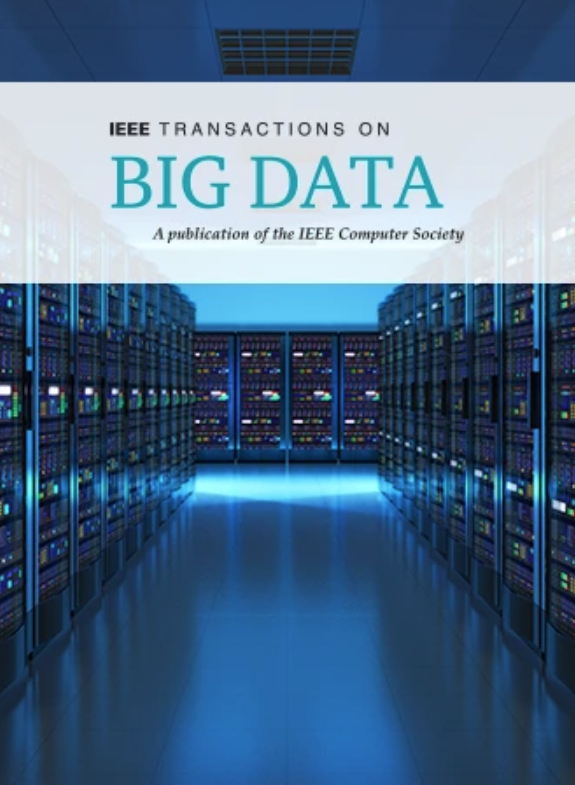多元时间序列预测的自适应图结构学习神经粗糙微分方程
IF 5.7
3区 计算机科学
Q1 COMPUTER SCIENCE, INFORMATION SYSTEMS
引用次数: 0
摘要
多元时间序列预测在城市计算中有着广泛的应用,如金融分析、天气预报、交通预测等。利用图结构来模拟时间序列中变量之间的复杂相关性,并利用图神经网络和递归神经网络进行时间聚集和空间传播阶段,已经显示出前景。然而,传统方法的图结构、节点学习和离散神经结构对现实数据中的突变、时变和不规则采样等问题并不敏感。为了解决这些挑战,我们提出了一种称为自适应图结构学习神经粗糙微分方程(AGLRDE)的方法。具体来说,我们结合了动态和静态图结构学习来自适应地生成更鲁棒的图表示。然后采用基于神经粗糙微分方程(Neural RDE)的时空编码器对时空依赖关系进行建模。此外,我们引入了路径重建损失来约束路径生成阶段。我们在六个基准数据集上进行了实验,证明我们提出的方法优于现有的最先进的方法。结果表明,AGLRDE有效地解决了上述挑战,显著提高了多元时间序列预测的准确性。本文章由计算机程序翻译,如有差异,请以英文原文为准。
Adaptive Graph Structure Learning Neural Rough Differential Equations for Multivariate Time Series Forecasting
Multivariate time series forecasting has extensive applications in urban computing, such as financial analysis, weather prediction, and traffic forecasting. Using graph structures to model the complex correlations among variables in time series, and leveraging graph neural networks and recurrent neural networks for temporal aggregation and spatial propagation stage, has shown promise. However, traditional methods’ graph structure node learning and discrete neural architecture are not sensitive to issues such as sudden changes, time variance, and irregular sampling often found in real-world data. To address these challenges, we propose a method called Adaptive Graph structure Learning neural Rough Differential Equations (AGLRDE). Specifically, we combine dynamic and static graph structure learning to adaptively generate a more robust graph representation. Then we employ a spatio-temporal encoder-decoder based on Neural Rough Differential Equations (Neural RDE) to model spatio-temporal dependencies. Additionally, we introduce a path reconstruction loss to constrain the path generation stage. We conduct experiments on six benchmark datasets, demonstrating that our proposed method outperforms existing state-of-the-art methods. The results show that AGLRDE effectively handles aforementioned challenges, significantly improving the accuracy of multivariate time series forecasting.
求助全文
通过发布文献求助,成功后即可免费获取论文全文。
去求助
来源期刊

IEEE Transactions on Big Data
Multiple-
CiteScore
11.80
自引率
2.80%
发文量
114
期刊介绍:
The IEEE Transactions on Big Data publishes peer-reviewed articles focusing on big data. These articles present innovative research ideas and application results across disciplines, including novel theories, algorithms, and applications. Research areas cover a wide range, such as big data analytics, visualization, curation, management, semantics, infrastructure, standards, performance analysis, intelligence extraction, scientific discovery, security, privacy, and legal issues specific to big data. The journal also prioritizes applications of big data in fields generating massive datasets.
 求助内容:
求助内容: 应助结果提醒方式:
应助结果提醒方式:


